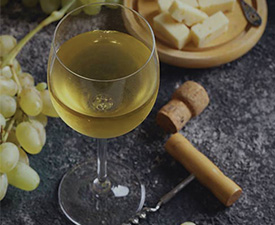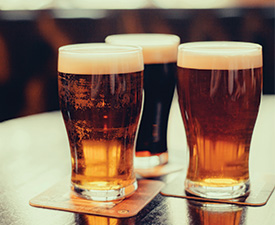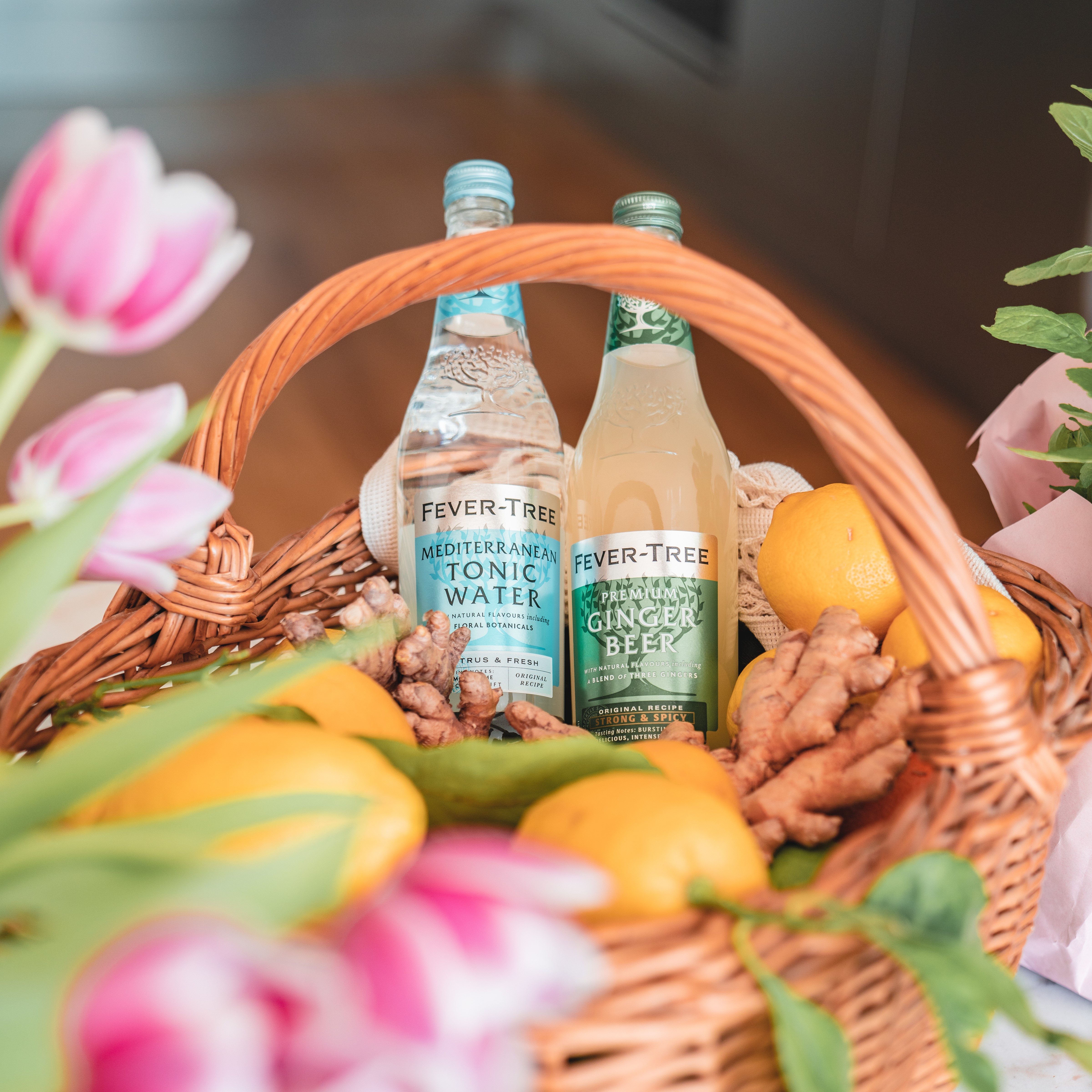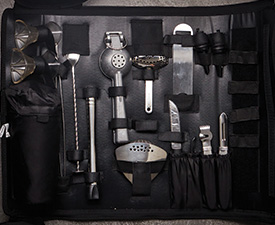Parellada is a white grape variety of Catalan origin specially grown in the Catalonia region of Spain. Along with Macabeo and Xarel-lo, Parellada is one of the three traditional grape varieties used to make the Spanish sparkling wine Cava, which is primarily produced in Catalonia as well as Tarragona up through the Penedes and beyond. Besides its use in Cava, it is used predominantly for blending in young white wines, plus some more dynamic wines aged in oak and blended with Chardonnay and Sauvignon Blanc are also made. Spanish plantations stood at 18,000 hectares back in 2011.
Very productive and of a high quality - it tends to do best in cooler climates where citrus and apple aromas are created along with good acidity, contributing delicacy and aroma when blended traditionally in Spanish Cava. It is rare to find varietal wines made from this grape - so most likely you will need to share a bottle of Cava to appreciate its natural character. Creating a wine with good natural acidity and freshness makes these wines extremely suitable as an aperitif.
Parellada grows best in cooler regions with poor soils but has a tendency to over-crop and make bland wines in richer, more fertile sites. It also does well when grown in high limestone terrain like that above the Penedes valley near Barcelona. The grapes themselves are large and loosely clustered in the bunches - which makes it less susceptible to fungal diseases like botrytis.
Also, despite its capacity to thrive in semi-arid conditions, Parellada allows for a sharp profile and green apple acidity, refraining from moving towards intense fruit, alcohol or phenolics when in the right hands and cultivated in relatively cool meso-climates. Among a select few winemakers throughout Spain, Parellada wines may also be given further palate weight with time on its skins. However worldwide, Parellada is renown mostly for its role as the most complex of the three traditional grape varieties used to craft Cava, alongside Macabeo and Xarel-lo.











